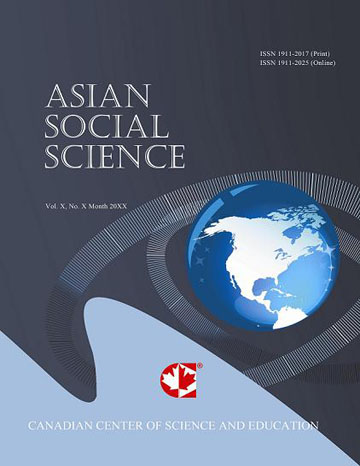Development of the Social-Media-based Blended Learning Course to Enhance Student Learning: A Case Study on a Social Science Course
Abstract
The purposes of this research were: 1) to develop a social-media-based blended learning course 2) to study the overall effectiveness of the developed learning course and 3) to examine student learning toward the developed learning course. Purposive sampling was used to select a research sample of 16 students who were enrolled in the selected social science course under the Business and Computer Education Program at Kasetsart University. Data analysis was presented using the mean, standard deviation, t-test and content analysis. The findings indicated that the developed social-media-based blended learning course consisted of five key elements, namely, live events, online content, collaboration, assessments and reference material. It was verified by experts as being of very high quality in its content, learning and application. The overall effectiveness covered flexibility, interaction, learning process, learning climate and engagement. The effectiveness had an overall mean at a high level ( = 4.40, SD = 0.42). The results from open ended questions revealed that students considered that the developed course was an effective learning tool because it was interesting, easy to understand and convenient to study anytime and anywhere. In addition, they thought that blending a course with the most-used technology supported their learning as it helped them review content knowledge, promoted discussion in-class and online and developed good academic skills in terms of being responsible for their own learning and exchanging of ideas. However, some students with time constraints and busy schedules suggested a reduction in online learning activities. As a result, most students liked the developed social-media-based blended learning course used in their learning process while the results of student learning showed that there was significant improvement after using the developed blended learning course. The difference proved that its use contributed to student learning. It can be concluded that a well-blended learning course that is implemented with the fundamentals, key elements and key factors influencing blended learning can be integrated with widely and extensively used technology as part of the teaching and learning process to positively improve student learning.
 PDF
PDF
